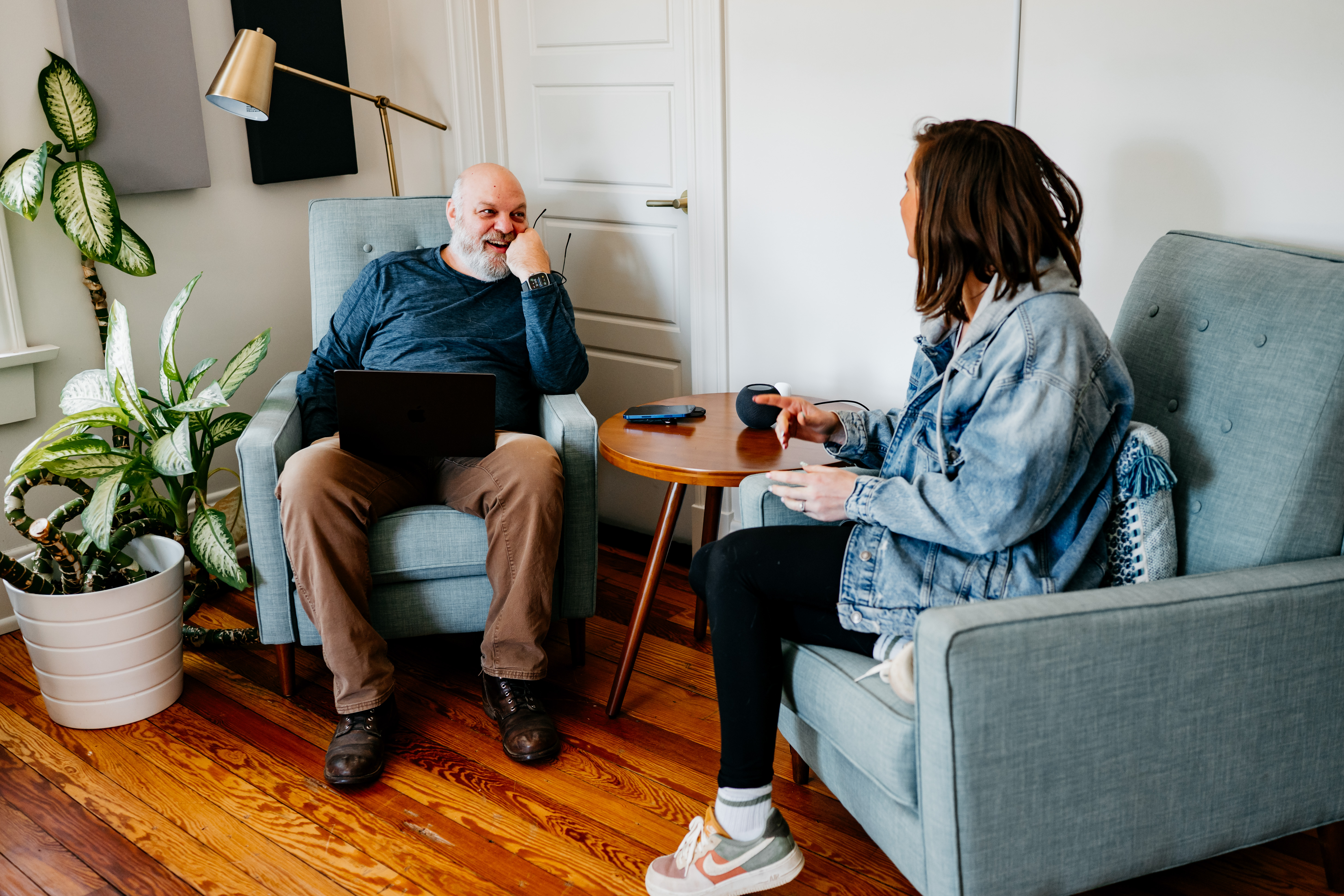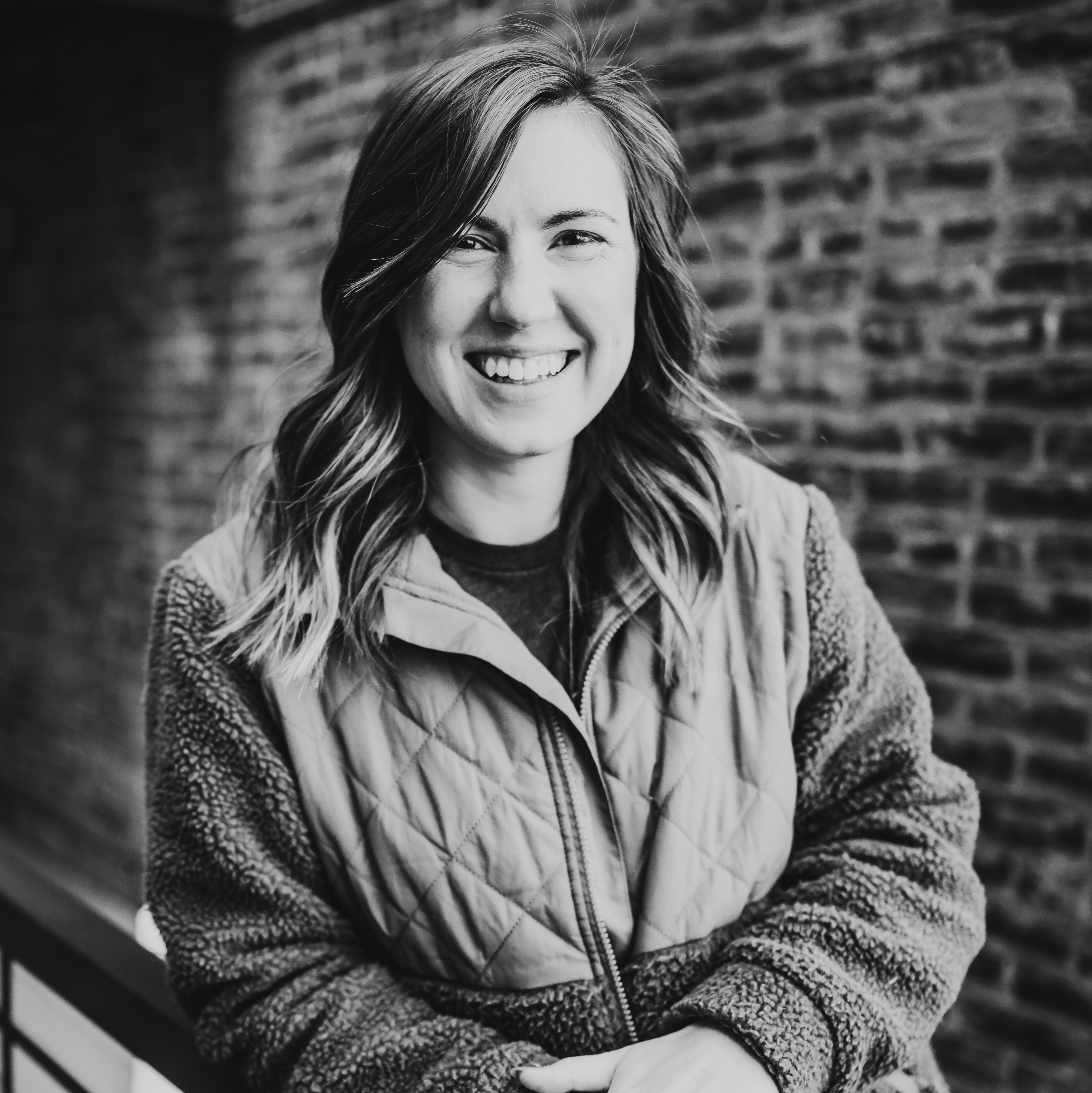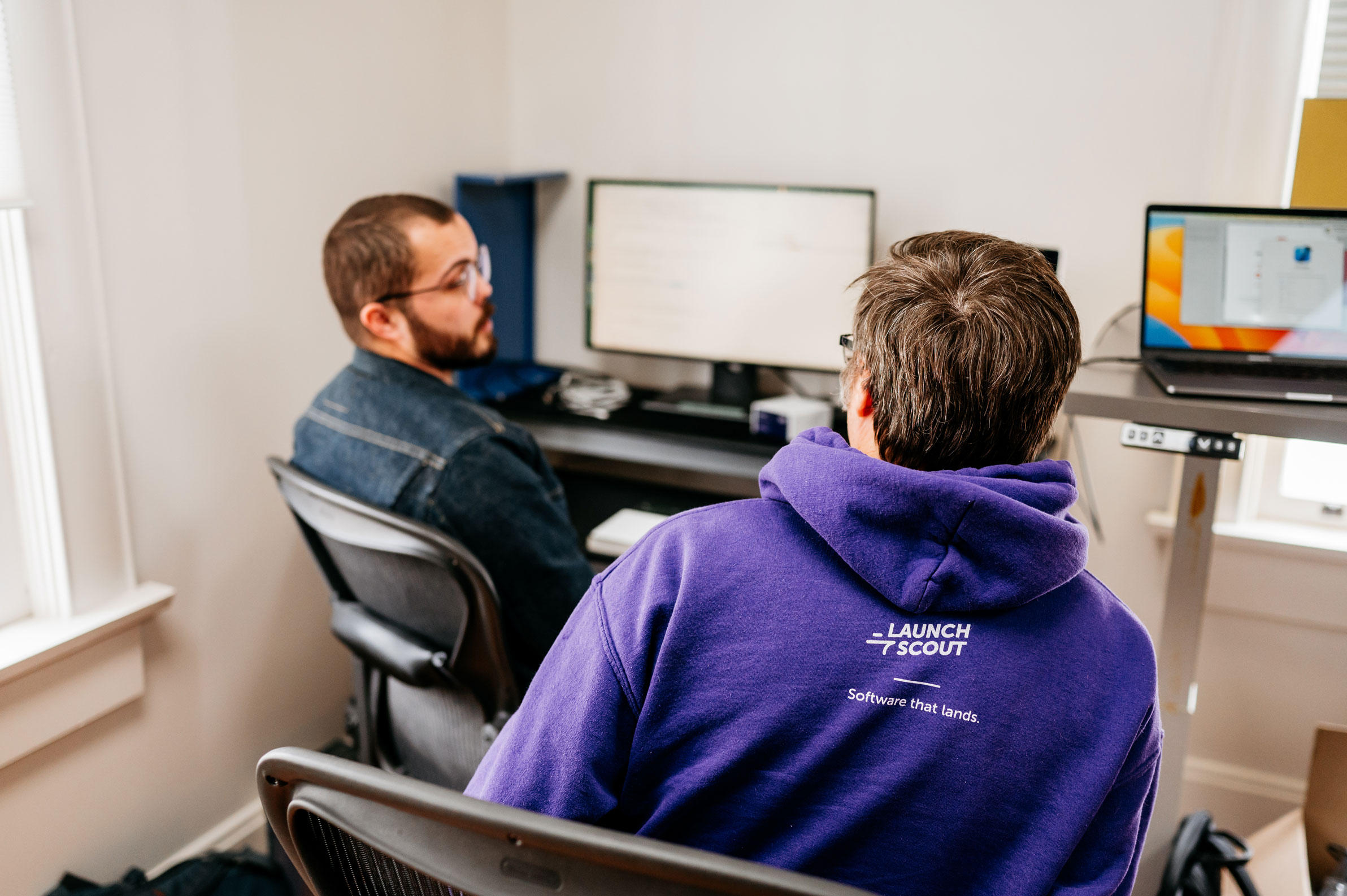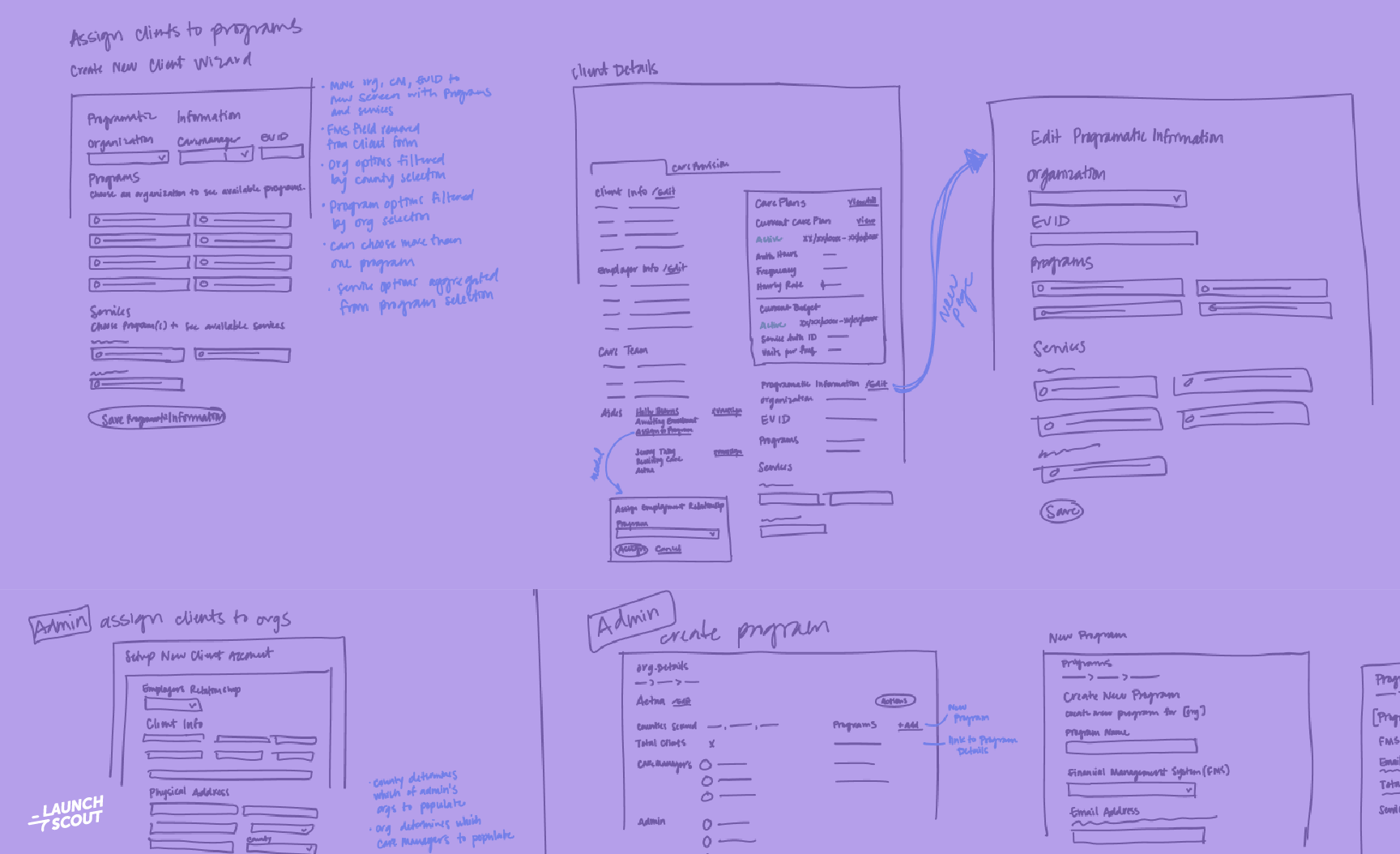
15 July 2025
The Process of Getting Real User Feedback
Real clients. Real people. Real results.
When you’re building a digital product - especially one as impactful as a tool for educators—it’s crucial to move beyond assumptions and to test ideas with real users early on. Here’s how we approached user feedback for one of our projects, and some lessons we’d share with any team considering a similar path.
Why We Did It
We’d been working with a client to bring an innovative concept to life. Over five weeks, we ran a discovery sprint where we dug deep to better understand the problems we were solving and crafted a solution to assist teachers in the virtual classroom. By the end of it, we had built a clickable prototype that demonstrated our proposed solution.
But a prototype alone isn’t enough. We wanted to:
- Validate some assumptions that we had made to ensure we were solving the right problems, and to discover opportunities to make the tool even more valuable.
- Gather evidence to show administrators how exciting and genuinely helpful the product could be for teachers.
Who We Talked To
We wanted to get feedback from the right-sized group of users: not too many, not too few, but juuuust right. All jokes aside, we did want to make sure we got enough perspectives to see the full picture. With a focus within our target market, we connected with:
- 12 individual participants
- 1 group of 4 educators
This gave us a valuable mix of insights from people in different roles and contexts who could actually be using the tool.
How We Made It Work
Scheduling
Calendaring is hard, there’s no way around that. To simplify things, we used Calendly to let participants pick times that fit their schedules. It saved us from endless email ping-pong and made coordinating sessions so much smoother.
Interview Setup
- We always had one interviewer who hadn’t worked on the prototype, helping ensure fresh, unbiased conversations.
- A dedicated note-taker captured feedback live, so nothing slipped through the cracks.
How We Created Our Questions
Collaboration was key. We formed our own questions throughout the discovery sprint, and we knew our clients had their own questions, too. So, together we:
- Walked through the prototype screen by screen.
- Identified which areas were the most important to test.
- Crafted questions to dig deeper into assumptions and user needs.
After each day of interviews, we took time to reflect and refine our questions. With only 30-minute sessions, focus was essential—we couldn’t afford to waste a single minute.
Saying Thanks
Time is valuable, and we greatly appreciate when people are willing to give us theirs so that we can build a better product. Without it, we know we’re missing opportunities for improvement. As a token of appreciation, we offered each participant a $25 gift card for their time and insights.
What We Learned
In addition to the invaluable feedback we received about the prototype, we learned some valuable lessons that we’ll be taking forward to our next user testing session. Three big takeaways stood out:
-
Calendly is invaluable. Trying to schedule so many interviews in one week without it would have been chaos.
-
Leave space between sessions. Not packing interviews back-to-back gave us time to debrief, adjust our questions, and ensure we kept improving.
-
Virtual processes make things smoother. From scheduling to electronic signatures—handling logistics online saved time for both us and participants.
For Fellow Product Teams and Clients
Whether you’re a team considering conducting your first user interviews, or a client wondering how real-user insights could shape your idea, here’s what we’d say:
- Testing early saves time (and money) later.
- Real users will always surprise you—and that’s where the gold lies.
- The process doesn’t have to be overwhelming. The right tools and preparation go a long way.
At the end of the day, building great products isn’t just about pixels on a screen; it’s about creating experiences that feel effortless, intuitive, and genuinely helpful for the people who use them.
Real user feedback helps us design solutions that fit seamlessly into users’ lives, solve real problems, and spark genuine excitement. And for our clients, it means confidence that we’re not just building the right thing, but building it in the right way.
When users are delighted, clients are happy. That’s how we measure success and why we’ll always keep real people at the heart of our process.
Want to learn more about process? Check it out here.



